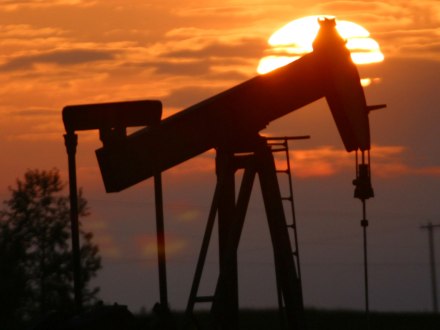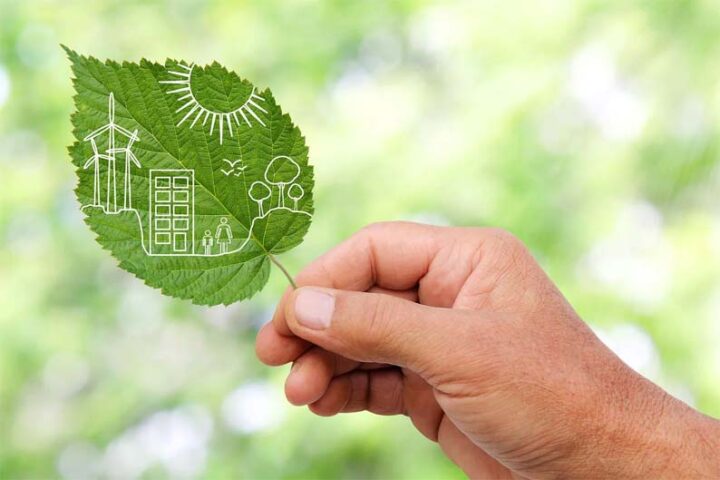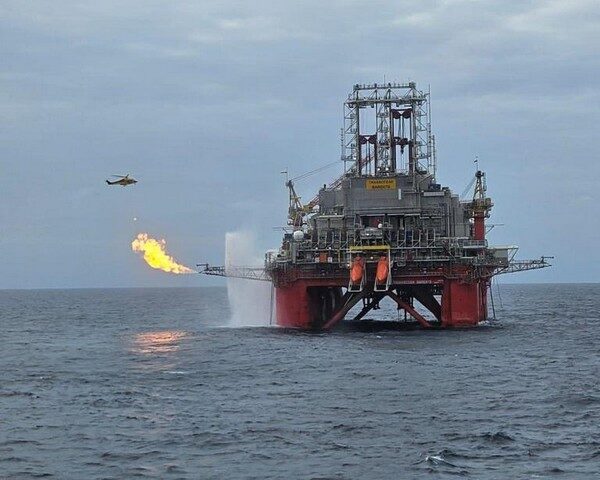The oil price is now over $86/barrel. According to the IEA this is due to tight supply, increasing demand, the Middle East conflict and Houthi attacks on vessels in the Red Sea. It is expected to carry on increasing further.
The IEA now admits that global oil markets face a supply deficit throughout 2024, instead of the surplus it expected previously.
In effect, the IEA has reversed its earlier position and now agrees with OPEC, saying that oil markets face supply deficits all this year, on the back of OPEC+ cuts and increases in global demand.
But the IEA forecasts crude consumption to increase by 1.3million barrels per day (b/d) this year, while Opec has maintained its growth estimates of 2.25 million b/d for 2024.
The US is currently producing more crude oil than any other country, ever. It averaged 12.9 million b/d in 2023, with Saudi Arabia and Russia close to 10 million b/d.
Oil and gas executives expect slower transition to net-zero. New survey shows geopolitical turmoil, tough macroeconomic conditions and AI spurring shifts in energy markets.
Reflecting this, oil majors are adjusting their net-zero transition plans. Shell now aims to reduce its net carbon intensity by 15%-20% by 2030, compared with its previous goal of 20%.
Adnoc and BP have suspended their $2 billion bid for a stake in Israel’s NewMed Energy – as a result of the ongoing conflict in Gaza – but say they remain interested.
On 14 February Adnoc and BP announced a new JV centered on Egypt.
With war in Ukraine and tensions in the Red Sea, energy analysts now believe European refineries may have a profitable future after all, thanks to elevated margins for refined oil products such as diesel and gasoline.
On 13 March there were a number of drone strikes by Ukraine on refineries inside Russia knocking down 370,500 b/d refining capacity.
Falling refining capacity has pushed up premiums for diesel ahead of crude, by about $30/b.
Pressing ahead with its decarbonisation plans, Europe will have reduced its crude distillation capacity by about 7% by 2026 compared with levels in 2020. As a result, Europe is now becoming more reliant on imports of refined products, making it more vulnerable to supply shocks such as the attacks on shipping in the Red Sea. Many suppliers from Asia are taking a longer route to Europe via southern Africa.
IEA vs OPEC: The battle between the two oil market forecasters for oil analytics supremacy continues, reflecting contrasting biases. The IEA’s influence on energy policy decisions has sometimes been seen to align forecasts with desired policy outcomes. On the other hand OPEC is oil-biased.
CERAWeek – one of the most influential US energy conferences
Top oil executives and ministers descend on Houston this week emboldened by blockbuster mergers, stable oil prices and less pressure for a large-scale move to clean fuels.
ExxonMobil CEO Darren Woods said “Everyone wants to reduce emissions, but nobody wants to pay for it”.
Shell CEO, Wael Sawan said: We still rely too much on chance about global energy security”.
He added that LNG will play a critical role in Shell’s future. He said LNG currently makes up around 13% of gas sales but was expected to grow to around 20% in the coming 15 to 20 years.
Saudi Aramco’s CEO has criticized energy transition, urging a more realistic, consumer-focused, approach, highlighting renewables’ limitations and advocating for efficient hydrocarbon use.
He said, “we should abandon the fantasy of phasing out oil and gas and instead invest in them adequately, reflecting realistic demand assumptions”.
US Secretary of Energy Granholm: “First, meet the energy needs of today — keep the lights on. Second, let’s move into the realities of tomorrow”.
Climate taking a step back
Wind’s dirty secret: wind turbine blades can’t be recycled. A wind turbine’s blades can be longer than a Boeing 747 wing. But where do they end up when they aren’t in use? They are piling up in landfills!
According to the IEA, methane emissions from the energy sector remained near a record high in 2023. But announced pledge & policies, including those made at COP28, have the potential to put them into decline soon.
Hydrogen in industry: Germany has opened its first EUR 4 billion bidding round for ‘Carbon Contracts for Difference’. Industrial users can now bid for subsidies to switch to green H2 or other low-emissions technology.
Engie urges caution on pace of hydrogen deployment, warning that applications in hard-to-abate industries will take longer than previously expected to develop.
Even though the world has been pressing for a reduction in energy emissions, emissions from farm-to-fork are growing. Food systems account for about a third of all global greenhouse gas emissions, with livestock the biggest driver.
Jim Skea, the head of UN’s climate body, IPCC, said the world is in ‘unknown territory’ after heat records. He said ‘more science needed’ to understand extraordinary temperatures, after the critical benchmark of 1.5oC above pre-industrial levels was breached last year
Dr Charles Ellinas is Senior Fellow at the Global Energy Center, Atlantic Council









